How Air Conditioning Contractors Diagnose Issues With Your System
Understanding how air conditioning contractors diagnose issues in your HVAC system can help you better appreciate the service process and potentially extend the life of your system. HVAC systems are complex machines essential for maintaining a comfortable living environment, and diagnosing issues early is key to keeping your home at an ideal temperature. Let's dive into the meticulous process that air conditioning contractors use to diagnose and troubleshoot system issues.
Assessing Information
The diagnostic process for air conditioning problems starts with an initial assessment. Contractors typically begin by interviewing the customer to gather information about the system's current issues and performance history. This dialogue helps identify symptoms like unusual noises, inconsistent temperatures, or unexpected energy consumption patterns. This step not only highlights specific problems but also sets the foundation for subsequent steps. It allows the contractor to gather sufficient background information to aid in accurate problem detection.
Visual inspection is a crucial part of the initial assessment. Contractors visually survey the system to identify any obvious issues or irregularities. They look for signs such as leaks, physical damage, or disconnected components. A thorough inspection can reveal underlying problems that might not be apparent during a client interview. Equipment age, installation quality, and maintenance history can all be assessed during the visual inspection.
Reviewing system documentation is another important step during the initial assessment. Contractors examine maintenance logs, previous service records, and system specifications. This review helps verify that the system was initially set up correctly and complies with manufacturer guidelines. It also reveals any recurring issues or patterns, providing insights into potential long-term problems.
Inspecting the Air Filters
An often-overlooked yet vital component of AC systems is the air filter. The first diagnostic step regarding air filters involves checking for blockages. Blocked or dirty filters can significantly reduce system efficiency and airflow. This can lead to increased energy consumption and strain on the unit, reducing its lifespan. Regular filter inspection ensures the unit runs smoothly and maintains adequate indoor air quality. According to Payless Power, 87% of U.S. homes have air conditioning, with 75% having central units, highlighting the need for regular maintenance and clean air filters.
After checking for blockages, contractors assess the filter condition. Aging, clogged, or damaged filters can become a health hazard, circulating allergens or pollutants throughout the home. Understanding the state of the filter is crucial for maintaining optimal air quality. Once the condition is assessed, contractors can propose suitable maintenance or replacement solutions.
Based on their assessment, air conditioning contractors provide recommendations for ongoing maintenance. Whether it's switching to a higher-quality filter or establishing a regular cleaning schedule, these recommendations aim to enhance system performance while ensuring safety. Filters should be replaced or cleaned every one to three months, depending on usage and the manufacturer's instructions. By adhering to this advice, homeowners can optimize their HVAC efficiency, ensuring the system can adequately cool the space without consuming excessive energy.
Evaluating Thermostat Functionality
Thermostats, though small, play a pivotal role in regulating an HVAC system’s function. Contractors first ensure the thermostat is receiving consistent power from a reliable source. Power interruptions can sometimes lead to faulty settings or inaccurate temperature readings. Diagnosing issues with the power source ensures that any problems associated with a power loss can be addressed and resolved.
With power uninterrupted, the next step examines the user settings. Sometimes, issues stem from incorrect settings rather than actual system faults. Contractors evaluate the programmed settings to ensure they correspond with the homeowner’s needs and comfort preferences. Misconfigurations are corrected to prevent inefficiencies such as the system running unnecessarily or failing to reach the desired temperatures.
Evaluating temperature reading accuracy is also critical. Contractors ensure the thermostat's temperature readings align with the actual room temperature. Incorrect readings can lead to the system overworking or underperforming, causing discomfort and wasted energy. If discrepancies are found, the thermostat may require recalibration or replacement.
Examining Refrigerant Levels and Leaks
Refrigerant is a crucial element responsible for cooling in air conditioning systems. Contractors first focus on understanding the role of the refrigerant to ensure the system delivers adequate cooling capacity. Any inconsistencies or drops in cooling performance might point toward refrigerant-related issues. By monitoring refrigerant levels, technicians can determine if the system is operating efficiently or if there's a need for corrective action.
Detecting refrigerant leaks is an integral part of the diagnostic process. Leaks not only affect cooling ability but can also pose environmental hazards due to the nature of some refrigerants. Contractors employ specialized tools to identify and locate leaks within the system, ensuring rapid response to mitigate the issue. Long-term exposure to leaks can damage both the system and the surrounding environment, highlighting the importance of timely detection and repair.
Once leaks are addressed, accurately measuring the refrigerant charge ensures system effectiveness. Too much or too little refrigerant can decrease efficiency and lead to component failure. Air conditioning contractors verify the refrigerant charge level is within the specifications provided by the manufacturer, facilitating optimal operation. Additionally, this step ensures compliance with environmental guidelines concerning refrigerant handling and disposal.
Inspecting Wiring and Electrical Components
The stability of the HVAC system's electrical components ensures uninterrupted operation. Contractors start by checking electrical connections for any corrosion or visible damage that could impact functionality. Corrosion can interfere with power delivery, leading to operational inconsistencies. Regular inspections prevent potential electrical failures that might arise from neglected wear or damage. Addressing these issues proactively improves overall system safety and reliability.
Assessing fuses and circuit breakers is another essential diagnostic practice. Overloaded circuits can trip breakers, causing system shutdowns. Contractors inspect the integrity of these components to ensure they can handle the system’s power needs. Should they find compromised or outdated equipment, an upgrade or replacement might be advised.
Wiring connection analysis is vital for preventing system shorts or inefficiencies. Air conditioning contractors examine the state of the wiring, confirming they are securely connected and free from damage. Faulty or loose connections can lead to erratic system behavior, posing potential safety hazards. Addressing these issues helps maintain system performance and minimizes energy losses.
Analyzing Airflow and Duct Issues
Adequate airflow is critical to achieving the desired climate control outcomes within a property. To check this, air conditioning contractors perform airflow pressure tests throughout the ductwork. Inadequate airflow can lead to uneven temperature distribution and overworking of the system. These tests identify areas where air might be lost or restricted, prompting further inspection. Ensuring appropriate flow patterns prevents comfort issues and unnecessary strain on the unit.
Identifying obstructions within the ductwork is another key diagnostic step. Blocked or partially closed ducts can cause significant performance issues. Air conditioning contractors employ various tools to pinpoint areas where airflow is compromised, addressing these gaps promptly. Duct obstructions can cause the system to operate inefficiently, leading to increased energy usage and operational costs. Addressing these blockages preserves system efficiency and ensures consistent comfort.
The final check involves evaluating duct insulation quality and seal integrity. Properly insulated ducts prevent energy losses and maintain temperature consistency throughout the home. Inspecting seal integrity ensures air isn't escaping before it reaches the intended outlets. Ensuring ducts are sealed and insulated prevents system overuse and helps maintain indoor climate stability. Solutions might involve resealing or adding insulation where needed, enhancing overall system efficiency and contributing to energy savings.
By understanding these diagnostic steps, homeowners can gain insight into the expertise required for effective HVAC maintenance. Air conditioning contractors deploy an array of checks designed to identify and address common issues, hence optimizing system functionality while preemptively solving potential problems. Following these diagnostic insights ensures a well-maintained and efficient HVAC system, offering peace of mind and consistent comfort. Southern Comfort HVAC LLC is here to keep your system running as efficiently as possible. Give us a call today for an appointment!
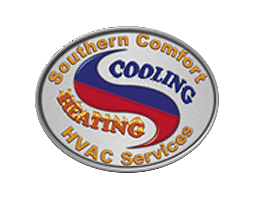


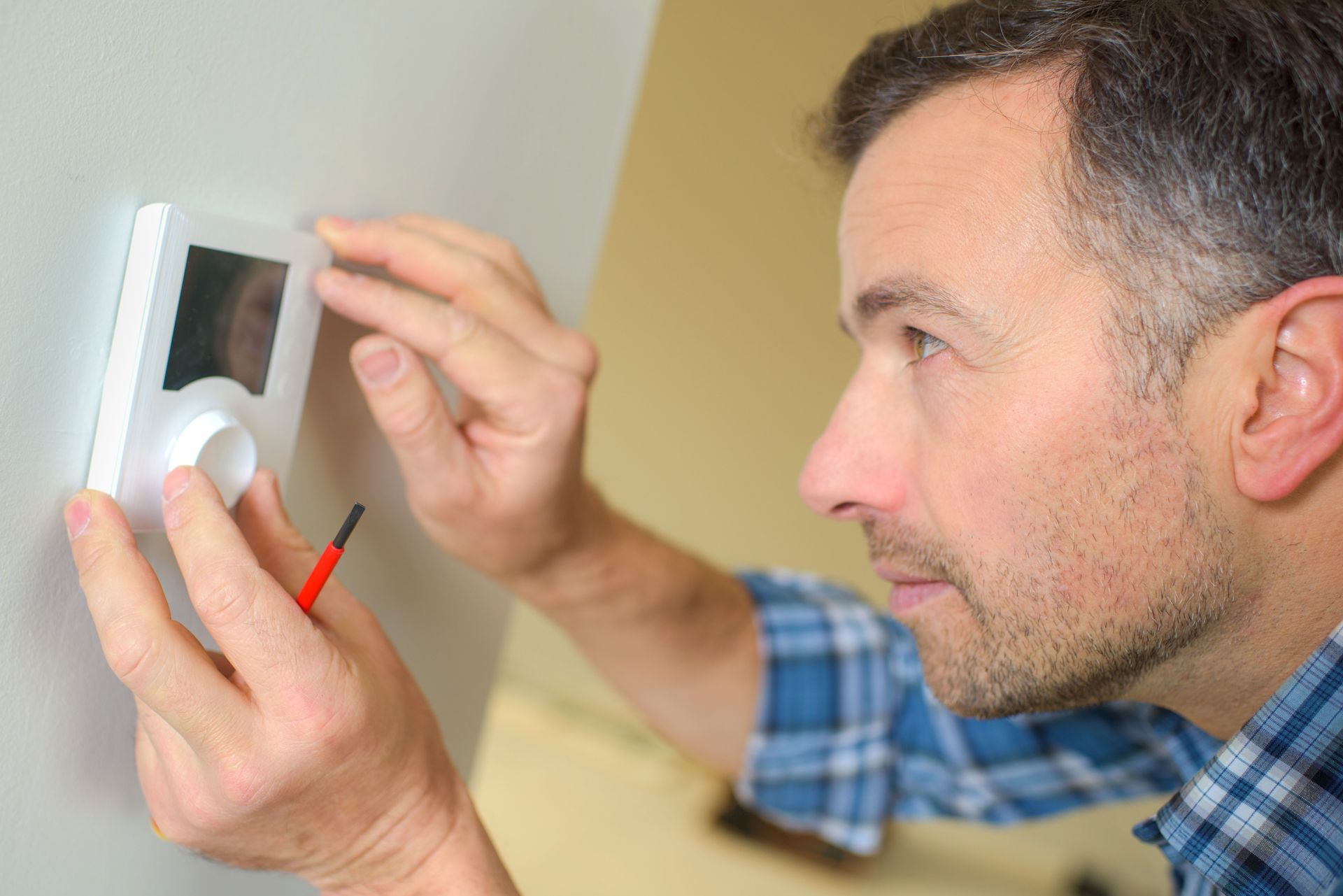
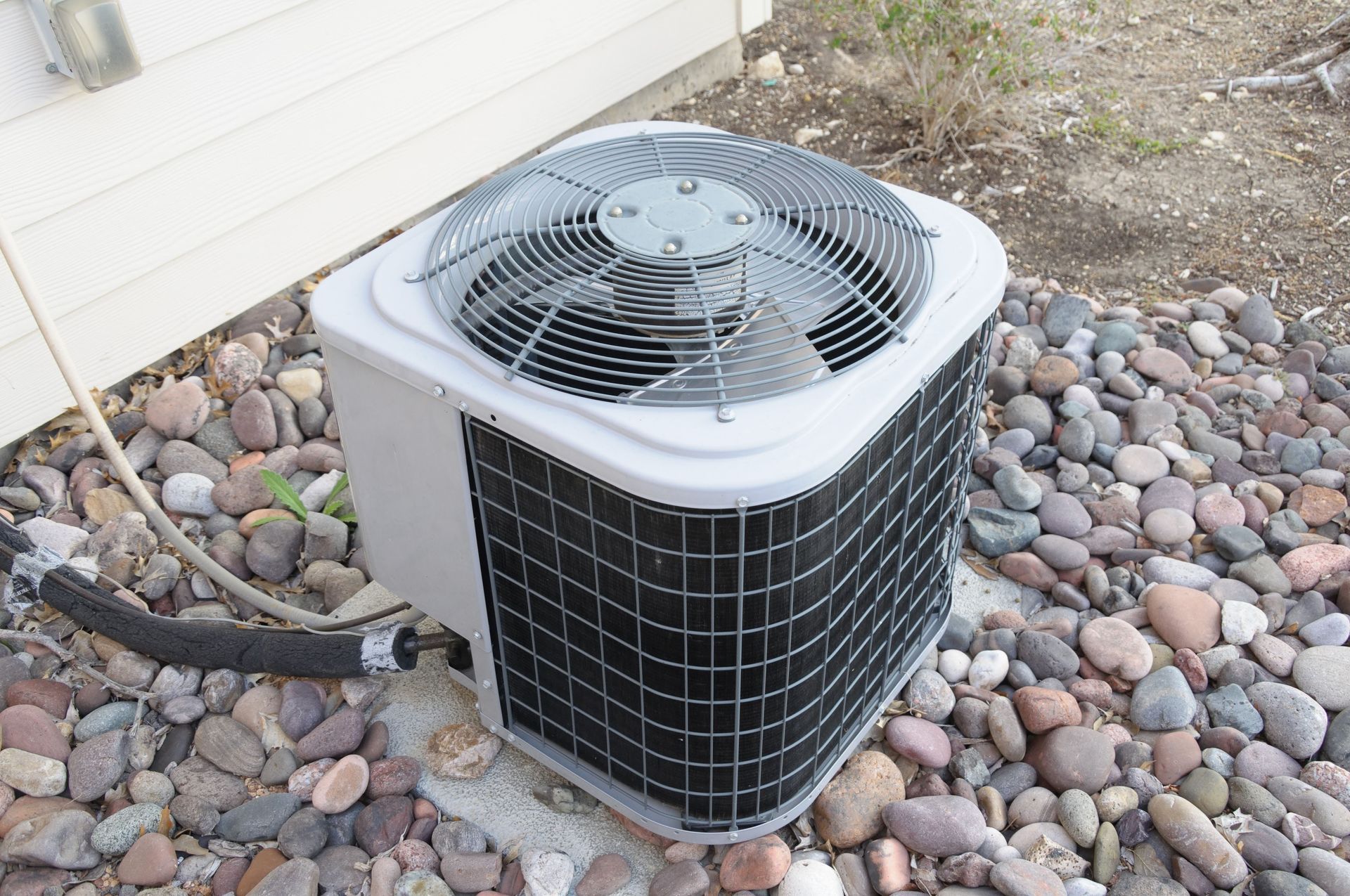
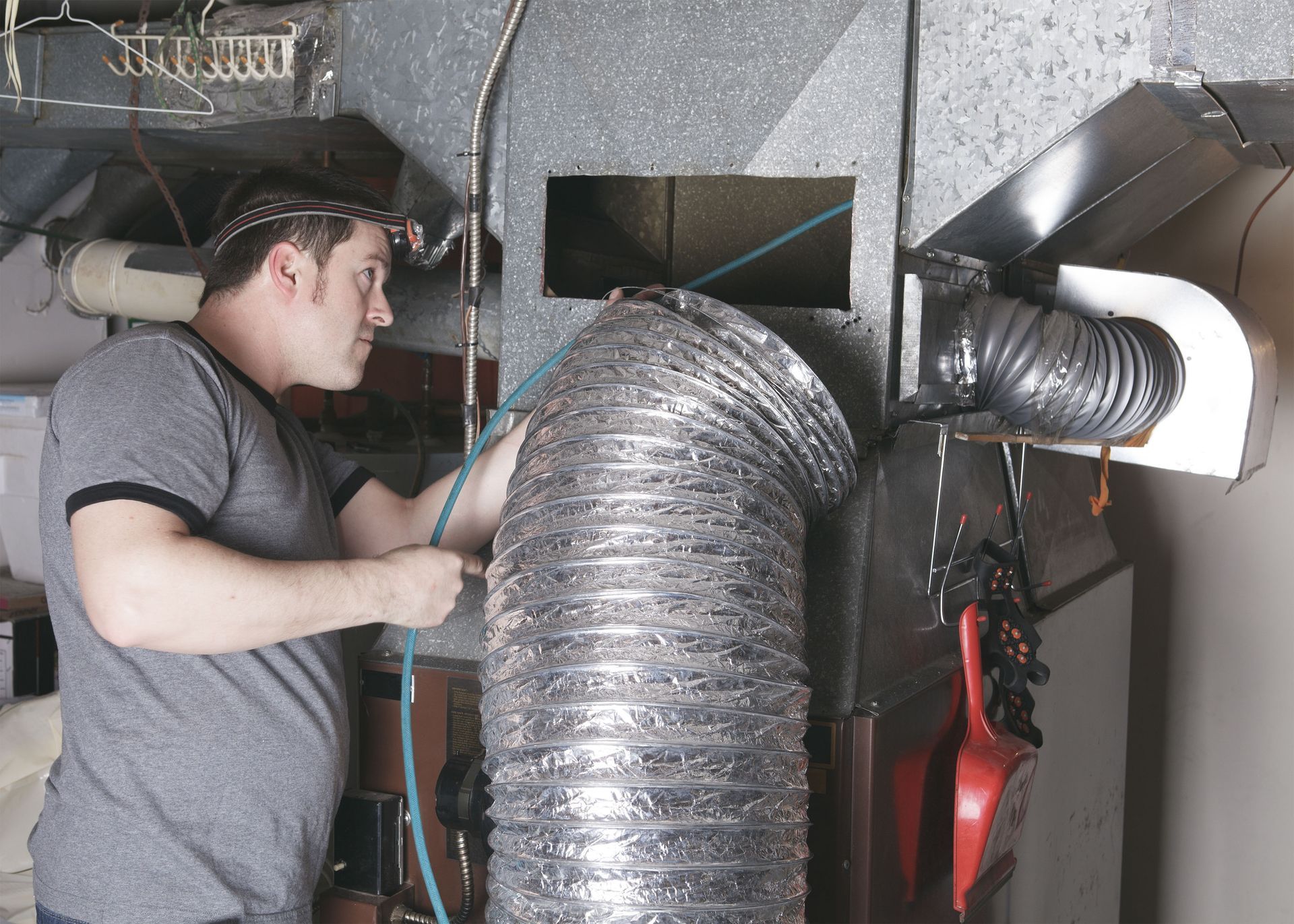
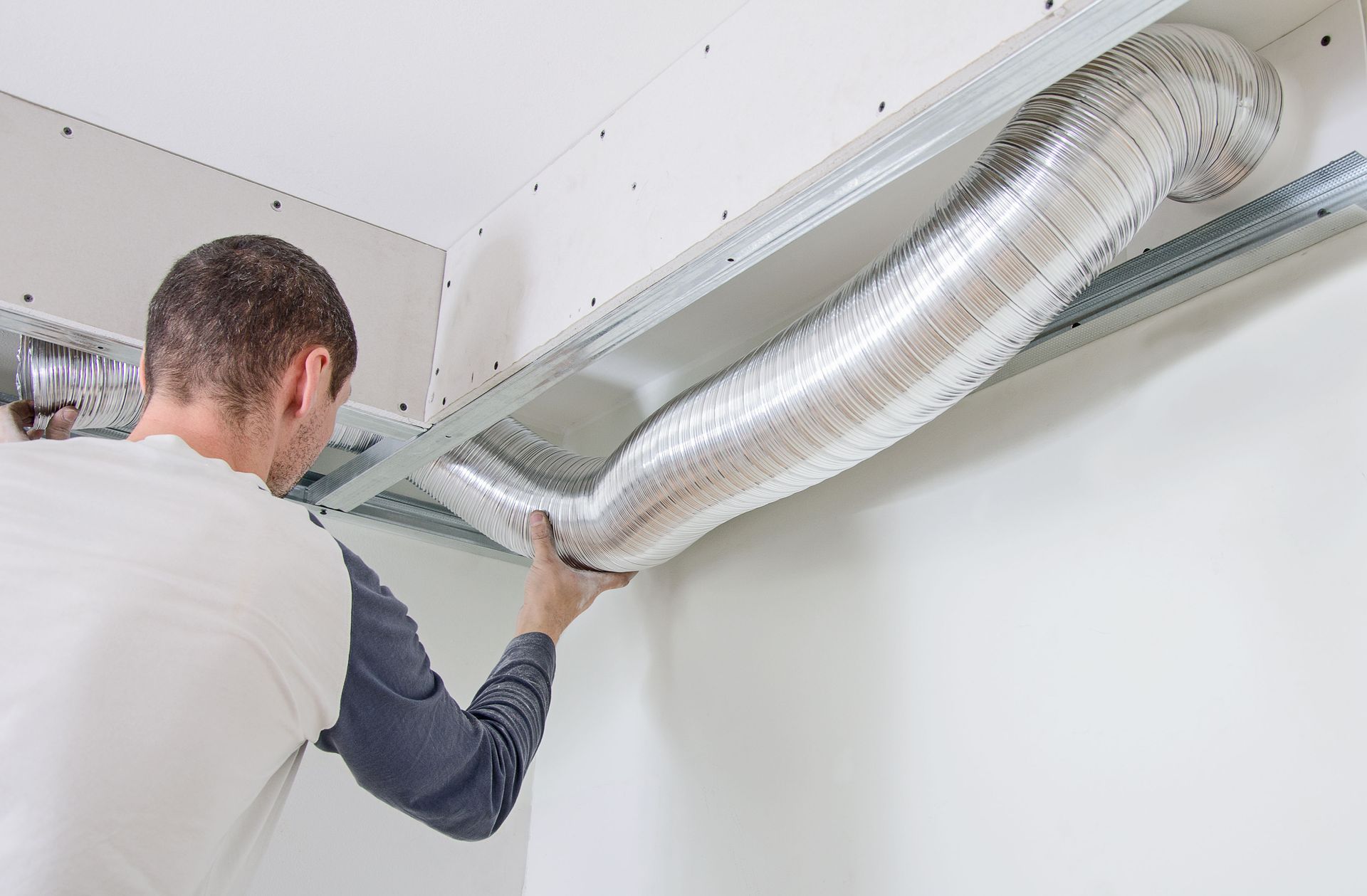
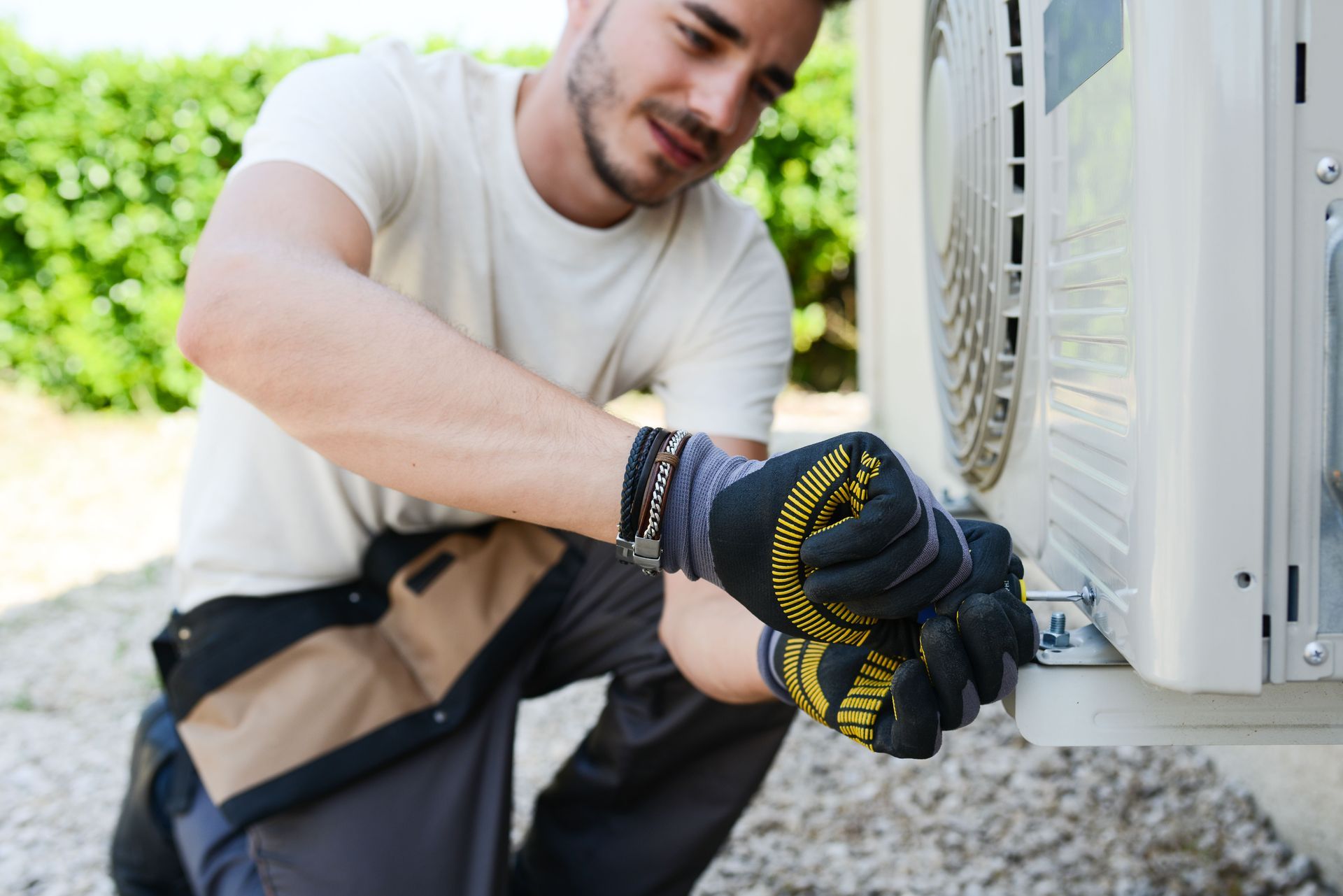
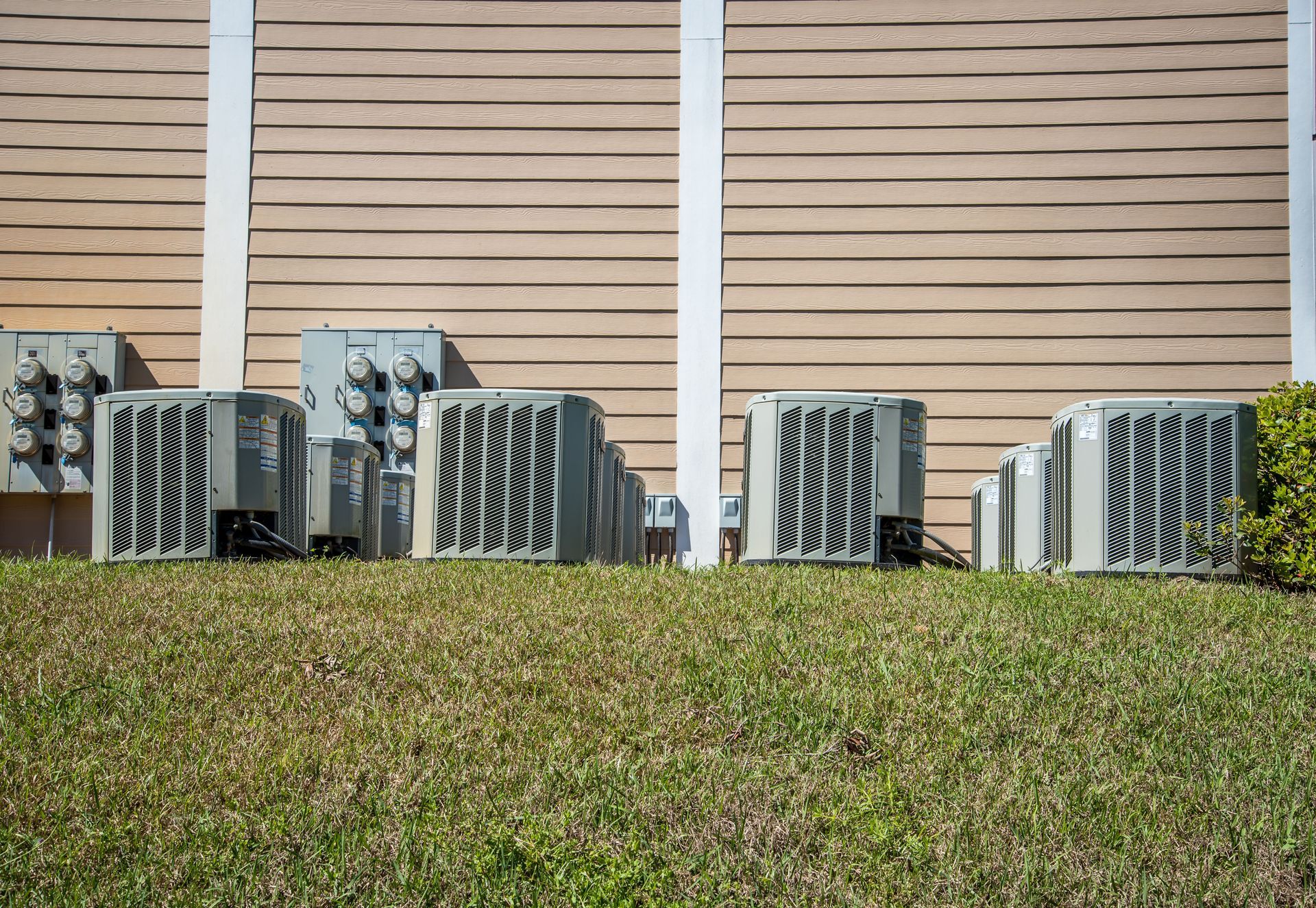
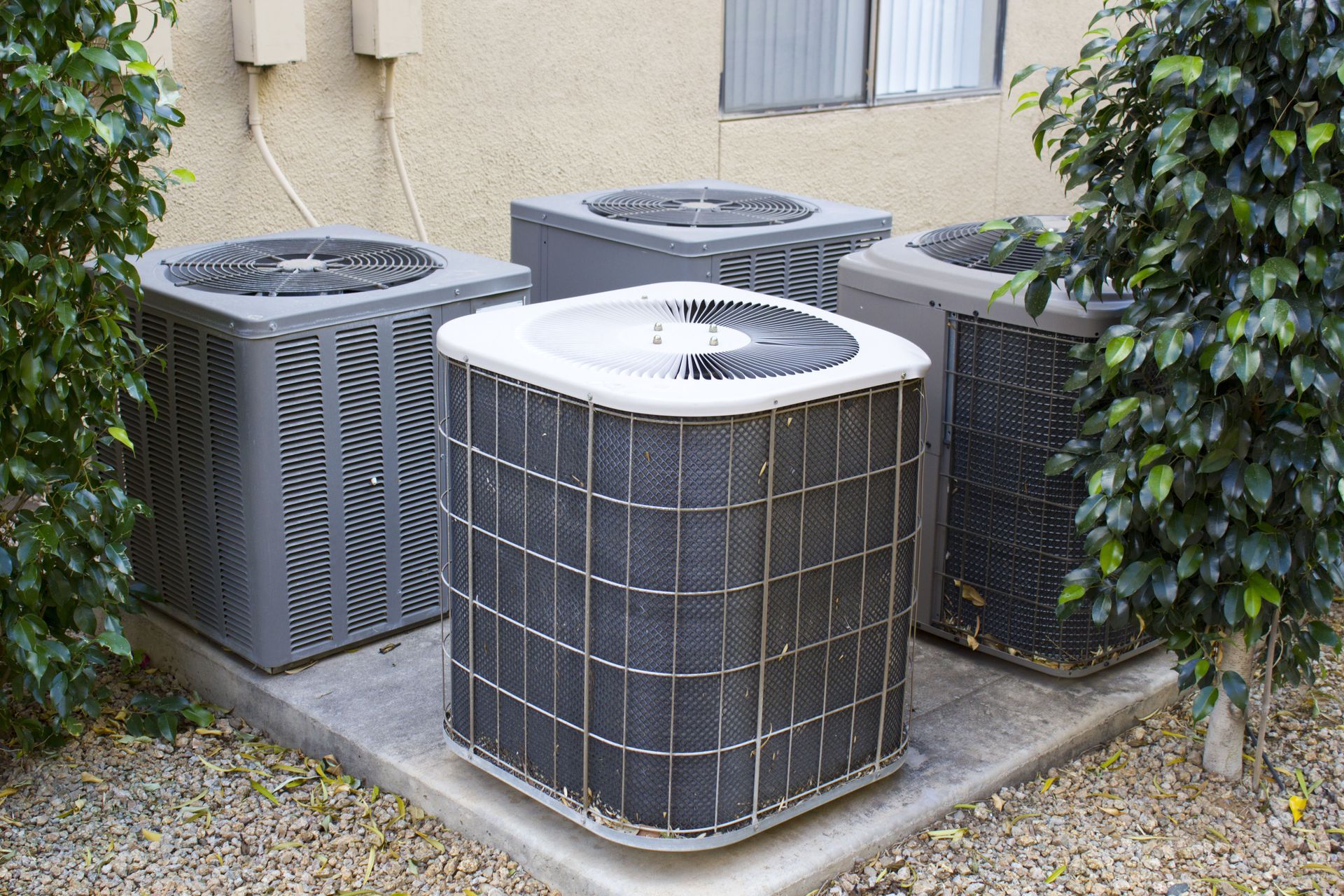
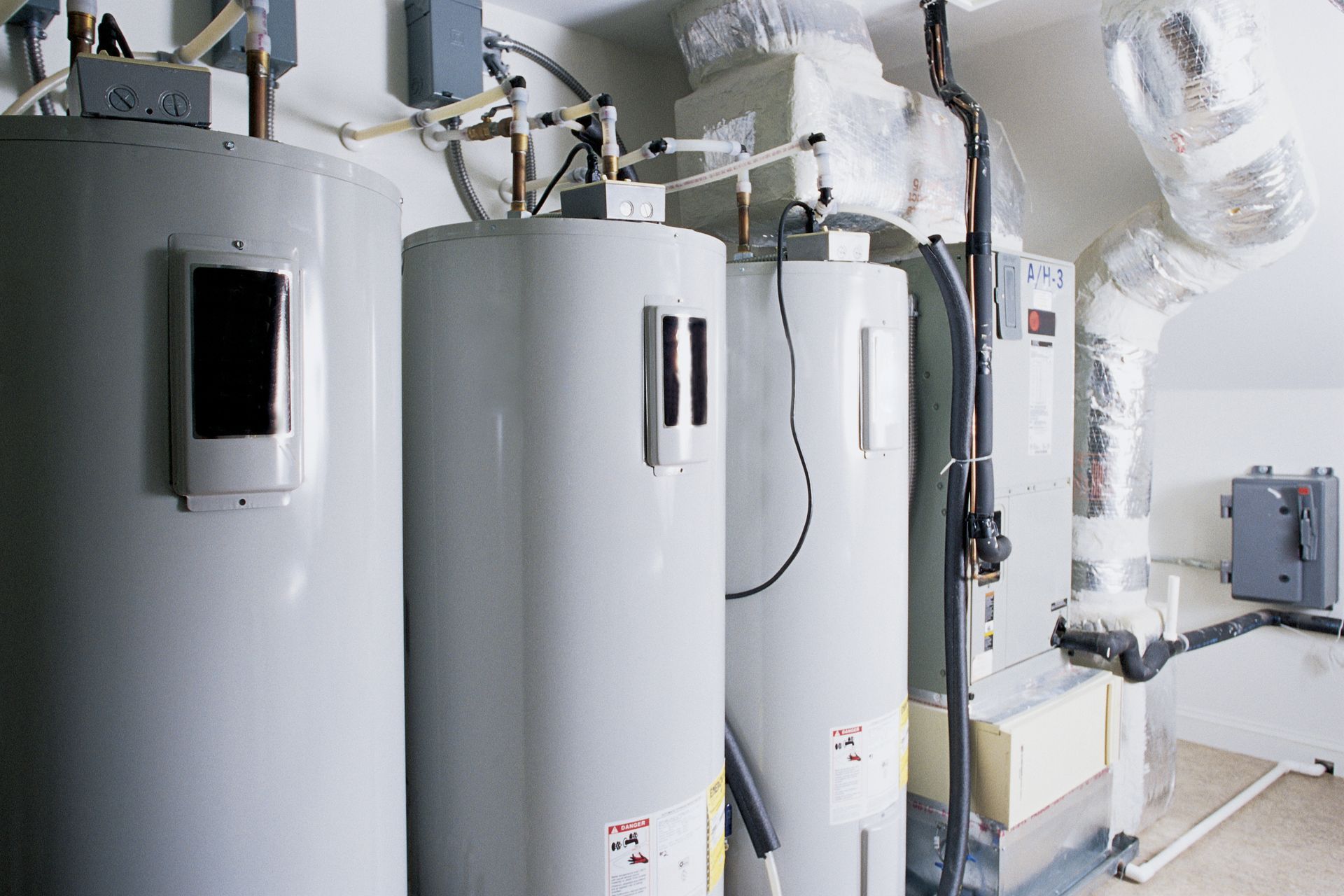
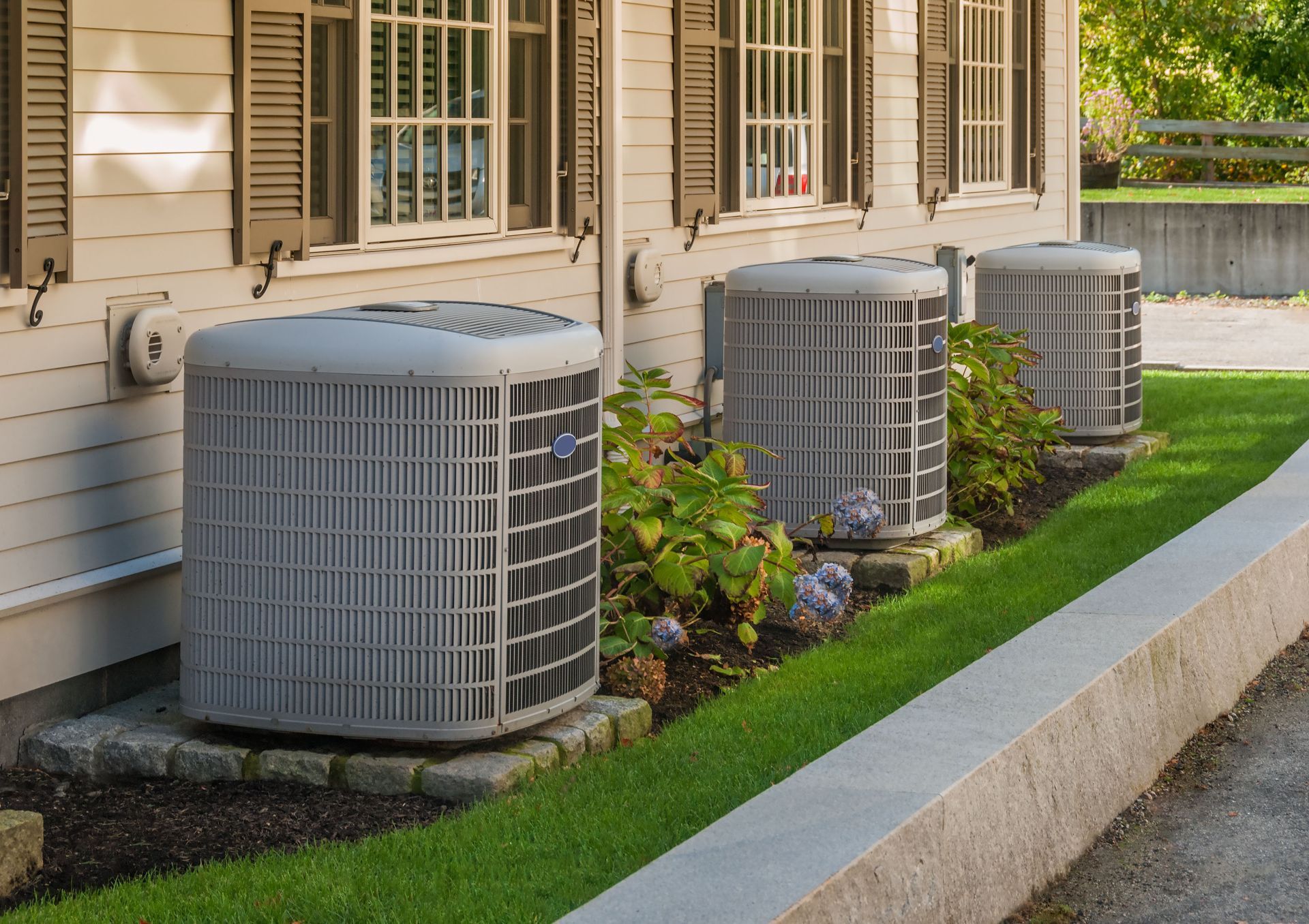
Share On: